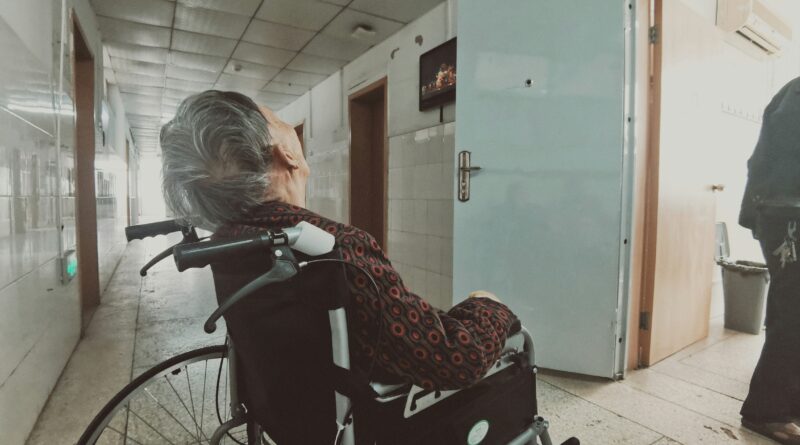Essential Steps for Families and Caregivers to Prevent Elder Mistreatment
Older adults are vulnerable and are open to being mistreated. According to statistics, 9% of older adults have been verbally mistreated while 3.5% have been mistreated financially. Elder mistreatment is, unfortunately, a heartbreaking reality and it comes in many forms: physical, emotional, neglect, and financial. As our loved ones age, protecting them from harm and preserving their dignity and rights is essential. This article will explore steps families and caregivers can take to avoid mistreatment.
Recognizing the Signs of Elder Mistreatment
The first step is to recognize what mistreatment looks like. Here are some typical signs:
Physical mistreatment: Signs of physical mistreatment would be in the form of bruises, cuts, or unexplained injuries like broken bones. They may frequently visit the hospital too.
Emotional and psychological signs: These could appear as depression or other changes in mood, withdrawal from social interactions, unusual behaviors like rocking or biting, or fear or nervousness of certain people. It’s important to note that while these could be signs, there can also be other reasons.
Neglect: Signs of neglect include poor hygiene, dehydration, malnutrition, weight loss, and a general lack of basic care like unsafe living conditions.
Financial exploitation: This might show up as sudden, unexplained financial issues or the person signing documents they don’t remember signing.
Being aware of the signs is the first step to preventing elder mistreatment. Families and caregivers should be vigilant of any of these red flags so they can intervene and seek advice and support from professionals and legal authorities if it is needed.
Preventing Elder Mistreatment at Home
To prevent mistreatment at home, it’s important to ensure the elderly person has open lines of communication with those they trust. Having regular home visits from family members and friends means being able to monitor them and their situation, especially if there are always two people visiting at any one time.
It’s also a good idea to hire professional caregivers with references from trusted agencies that are fully vetted and trained. Establishing a strong support system with healthcare professionals, social workers, family, and friends involved can prevent mistreatment and create a safe and nurturing environment.
Legal and Protective Steps
Families and caregivers should be aware of the legal avenues available to protect seniors from mistreatment. Preventing elder mistreatment may require legal action like filing for guardianship, obtaining restraining orders, or reporting abuse to Adult Protective Services. Setting up financial safeguards like power of attorney can also protect vulnerable seniors from financial abuse. While difficult, it’s important to understand the legal protections that safeguard the rights and safety of elderly individuals.
Endnote
Unfortunately, elder mistreatment does happen. Preventing it calls for vigilance, awareness, and prompt action. By recognizing signs of mistreatment, putting steps in place to create a safe space, and understanding legal protections, we can make sure that our elderly loved ones age with dignity and respect. If you suspect elder mistreatment, don’t hesitate to seek professional legal help to ensure they receive the care and protection they deserve.

